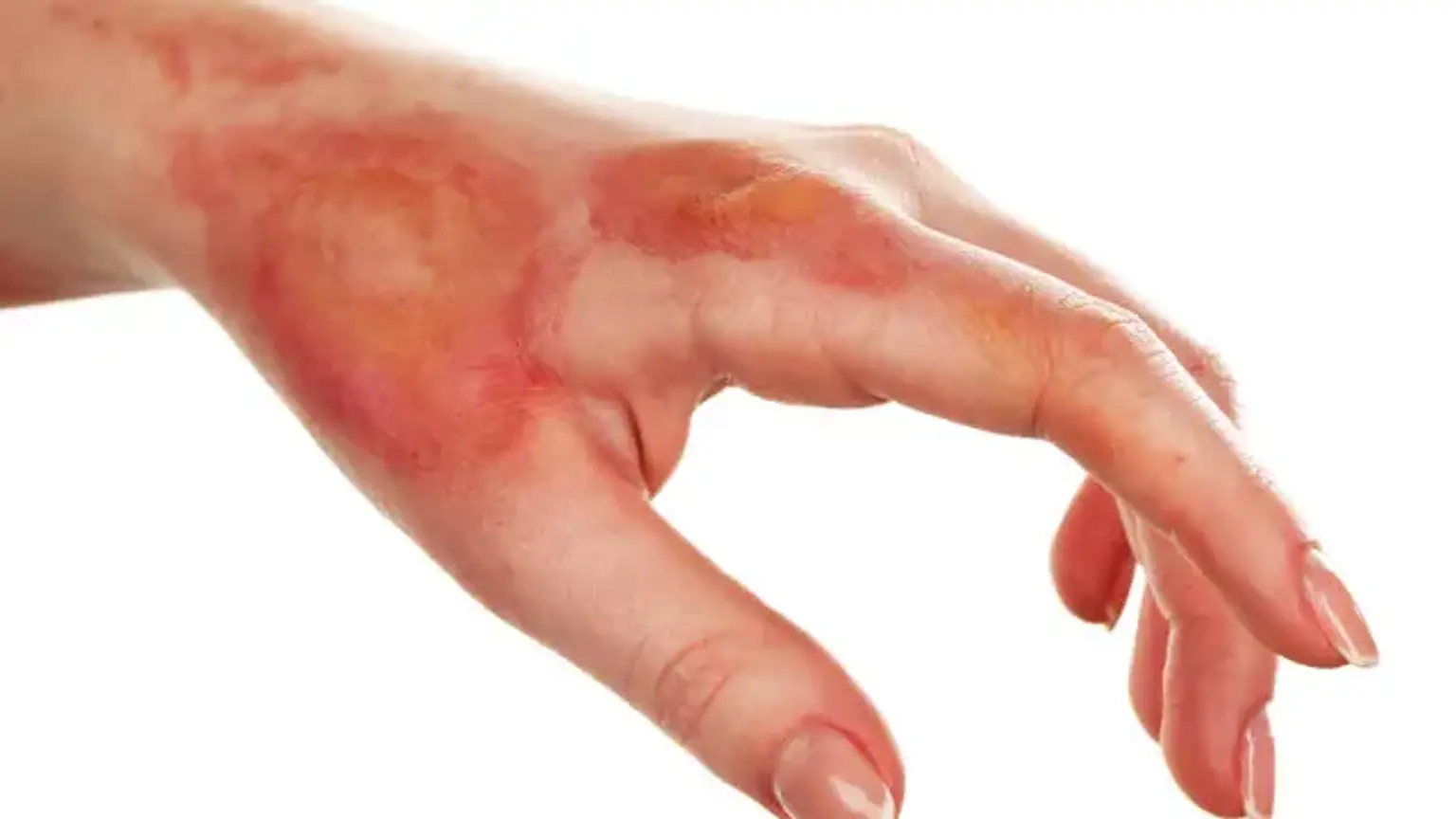Burns
Overview
Burn injuries are underappreciated injuries that cause significant morbidity and death. Burn injuries, particularly severe burns, are associated with an immunological and inflammatory response, metabolic abnormalities, and distributive shock, all of which can be difficult to control and can lead to multiple organ failure.
Despite a significant drop in their global frequency, burn injuries remain one of the most prevalent types of trauma and account for a significant number of trauma patients in health-care crises across the world.
